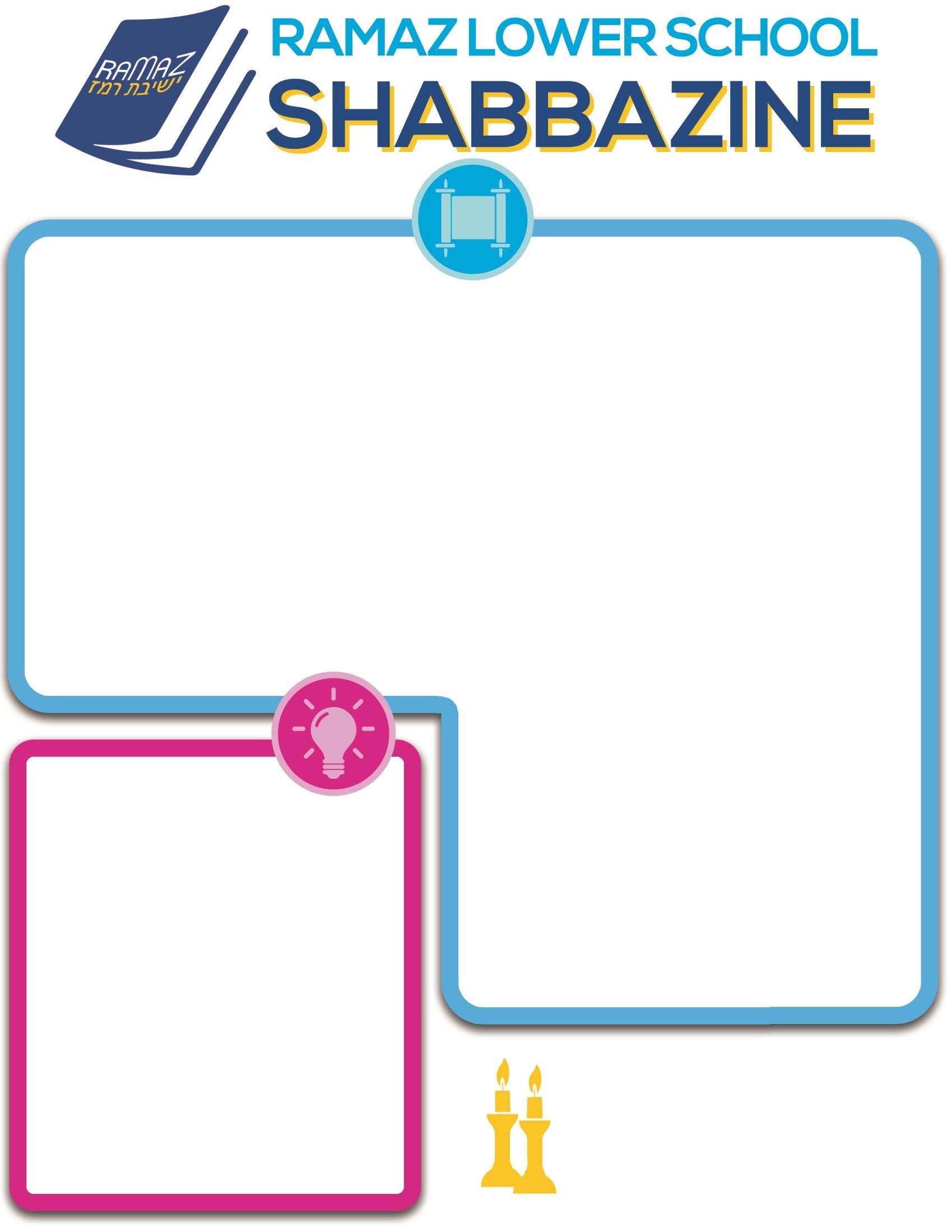June 7, 2025 ·
A PEEK AT THE PARSHA
Parshat Naso is the longest parsha in the entire Torah! It continues where Parshat Bamidbar left off, telling us more about the organization of Bnei Yisrael in the desert and the special jobs of each tribe.
First, we learn about the Levi’im. Hashem tells Moshe to count the families of Gershon and Merari, who are part of the tribe of Levi. Each group of Levi’im had a different job in taking care of the Mishkan (the portable Beit Hamikdash in the desert). The family of Gershon carried the curtains and coverings, and the family of Merari carried the heavy boards and poles. These jobs were very important, and each family had to do their part with care and love for Hashem.
ONE BIG IDEA
Every person matters. At the end of the parsha, the leaders of each tribe bring the same gift to the Mishkan—but the Torah repeats each one in full. Why? To show that even if the gifts were the same, each leader’s intention and heart were unique. Hashem sees you your actions, your thoughts, and your efforts. Whether you’re helping a friend, davening with kavanah, or being kind at home, it’s all special to Hashem. Just like the Nesi’im, we each have something important to give to the world.
Next, Hashem teaches about how to keep the camp holy. If someone becomes tamei (impure), they must leave the camp until they are pure again. Then the Torah talks about some mitzvot:
• Stealing and returning money – If someone steals, they must return the money and add a little extra.
• The Nazir – A Nazir is someone who chooses to be extra holy by not drinking wine, not cutting their hair, and not becoming tamei from a dead body.
One very famous part of Parshat Naso is Birkat Kohanim, the special blessing that Kohanim say to Bnei Yisrael. Hashem gives the words to the Kohanim to bless the people with peace, protection, and kindness.
At the end of the parsha, we read how the Nesi’im (leaders of each tribe) brought gifts to the Mishkan. Even though each leader brought the exact same gift, the Torah repeats each one to show that every gift was special and important in Hashem’s eyes.
Parshat Naso teaches us about teamwork, honesty, holiness, and how to treat others with respect. It reminds us that every person has something special to offer and that Hashem cares about each of us and wants to bless us with peace and goodness.

Candle-lighting: 8:06pm
Havdalah: 9:09pm allah: 5:25pm
PARSHA STATS DID YOU KNOW…?
Mitzvot…………………………..18 (7 Do’s, 11 Don’ts)
Lines in the Torah ..............311 (THE MOST)
Pesukim .............................176 (THE MOST)
Words ................................2264 (THE MOST)
Letters................................8632 (THE MOST)
Year(s)................................2449
(Source: OU Torah Tidbits)

CHECKLIST
To be filled out after shabbat and brought in Monday.
Called someone to wish them a “Shabbat Shalom”
Went to shul
Participated in Hadlakat Nerot/Kiddush/ Hamotzi/Birkat Hamazon
Sang zemirot/songs
Wore Shabbat clothing
Helped prepare our home for Shabbat
Full Name:
Class: __________________________________
Parent Signature: _________________________
We celebrated Yom Yerushalayim this year on May 26th because it is celebrated on the 28th of the Hebrew month of Iyar and that’s when that date fell out on the English calendar. But did you know that the actual date on the English calendar was June 7th? On that day in 1967, the Israelis captured the Kotel (among many other areas). It was the first time in almost exactly 2000 years that the area that held the Beit Hamikdash was back in the hands of the Jewish People.
QUESTIONS
1. Hard question: What is the connection between the Mishkan and the Kotel?
2. True or false: Parshat Nasso is the longest parsha in the Torah.
3. Did every tribe really give the same gift to the Mishkan?
4. When someone returns something that they stole, do they have to do anything else?
5. Who was stronger: the family of Gershon or the family of Merari? How do you know?
